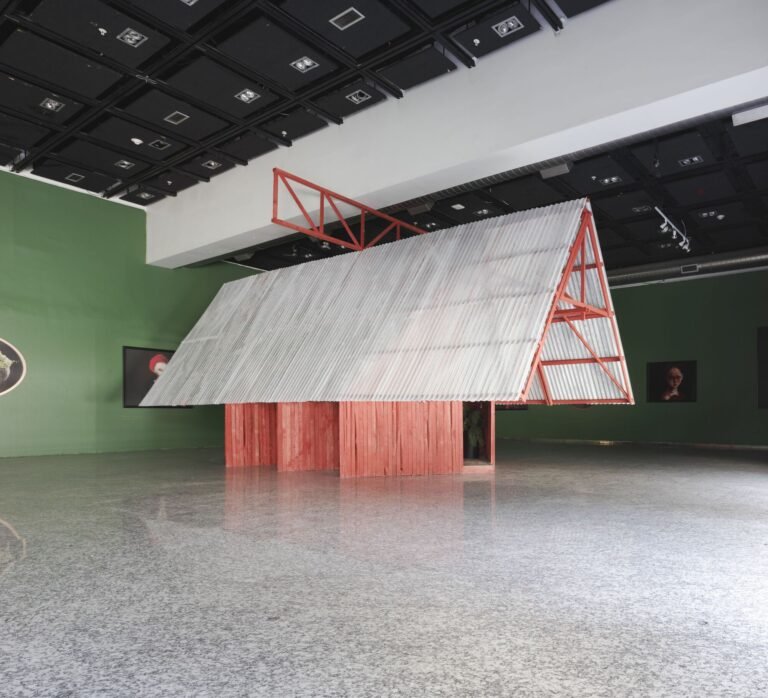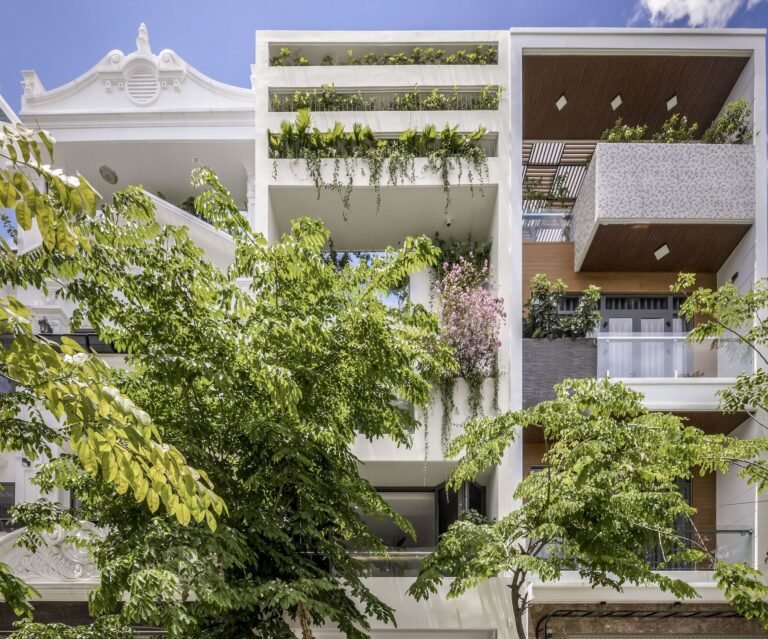AN and the Pratt Institute introduce the published works of the inaugural New Voices in Architectural Journalism fellows
When the word “care” comes up in an architectural context, the typical association is to healthcare, or, more precisely, hospitals. But to read the three articles in the June issue of The Architect’s Newspaper written by our New Voices in Architectural Journalism fellows, it’s clear that we must stake out a more expansive definition of what architectural care, or caring architecture, might be.
The New Voices fellowship itself is a mentorship-based program developed by The Architect’s Newspaper and the Pratt Institute School of Architecture whose mission is also care-related: to cultivate diverse young voices in the field. Announced in February 2021, it has roots that go back to our nation’s most recent moment of racial and social justice reckoning, the murder of George Floyd at the hands of Minneapolis police and the protest movements that followed in its wake. In June 2020, AN cofounder and publisher Diana Darling, along with our editors, published a statement in this column promising to address the paper’s blind spots when it came to acknowledging and supporting BIPOC perspectives. “Too often,” the statement reads, “architectural media proliferate the same voices and permit the same omissions, and we pledge to avoid any such missteps going forward.”
AN moved quickly to make good on its word, inviting more people of color to contribute articles, speak at our events, and serve on our award juries, as well as endeavoring to bring more coverage to the architecture produced by minority practitioners. However, it was clear that we could take a more proactive role in cultivating the next generation. Around this time, Darling and Pratt School of Architecture dean Harriet Harris agreed to partner on the New Voices fellowship. Harris, who is from the U.K., was keen on developing at Pratt a program along the lines of New Architecture Writers, an initiative created in 2017 by Phineas Harper and Tom Wilkinson with the London-based Architecture Foundation and Architectural Review that helps people of color and the underrepresented build journalistic skills, editorial connections, and a critical voice. AN had the platform as well as the expertise to ensure that the results of any such mentorship was impactful.
To select the fellows, who were drawn from interested parties in the BArch and MArch programs at Pratt, we assembled a jury that included design critic and educator Shumi Bose; scholar, educator, and activist Sharon Egretta Sutton; and architectural designer Bola Lasisi-Agiri. They selected three students to participate: Ekam Singh, Catherine Chattergoon, and Monty Rush. These New Voices worked closely with me and executive editor Samuel Medina as well as Pratt visiting assistant professor Julia van den Hout and professor of media studies Jayna Brown to develop and refine their pitches before reporting and writing the articles that appear in the June issue of AN (and and that will be published online in the coming days), which are the first of two assignments they produced during the 2021–22 academic year. Their second pieces will appear in AN’s July/August issue.
For this first round, we let the students follow their own interests, only offering guidance on how best to pursue and execute them. The outcomes, which address our cultural moment as well as how this generation perceives architecture, are telling. All three writers focused on some aspect of care, often with quite tenuous ties to what one might consider more bedrock architectural concerns, such as form or tectonics. Chattergoon, for example, interviewed urban planner Justin Garrett Moore, inaugural officer of the Andrew W. Mellon Foundation’s Humanities in Place program, about his proposal for a “Department of Care.” Rush explored the fraught legacy of Paul Rudolph’s buildings, which have met with the wrecking ball in extraordinary numbers, and spoke to groups that have taken stands to protect them and foster “a culture of care toward what has already been built.” Singh examined gurdwaras, Sikh places of worship, which are defined more by the seva (selfless voluntary service) performed within their walls, typically through the provision of meals for all regardless of religious affiliation, than the form those walls might take.
It’s heartening to see a sincere focus on care from these New Voices, though not surprising. After all, they’re inheriting a planet and a society that have been battered and bruised by mistreatment. Let’s hope they represent deeper generational currents that are powerful enough to turn the tides of humanitarian and environmental injustice.




